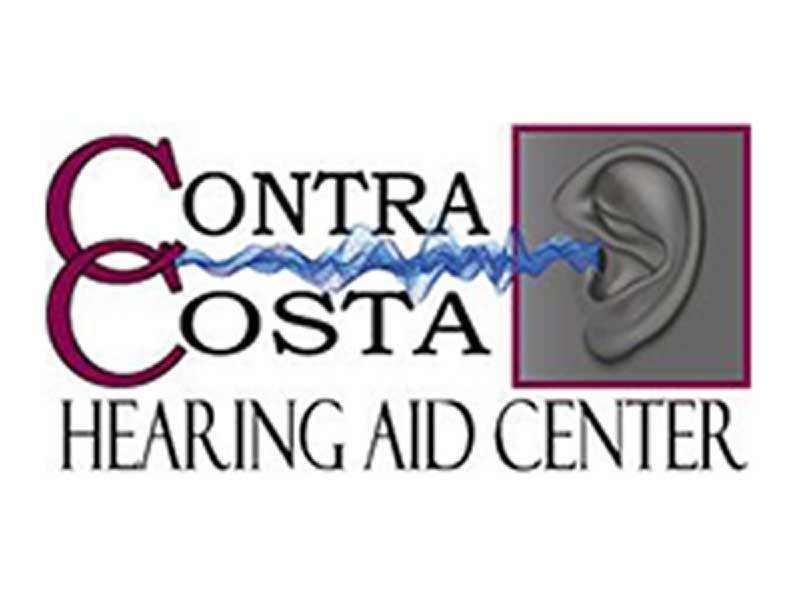Sure, people with hearing aids can hear better overall, but what about in crowded or noisy places? Many times, even with hearing aids, these individuals have trouble picking up on detail. This can be a problem in conference room meetings, at airports, in schools and in town halls. Based on many years of research, hearing loops may be the answer to successfully filtering out background noises and frequencies. As such, hearing loops allow those wearing hearing aids to zero in on the conversation around them. This is a clear advantage to the hearing impaired community, due to the increased awareness of hearing problems and the availability of affordable technology nowadays. Hearing loops, gaining traction as a fixture in conference rooms, concert halls and businesses, are a hearing impaired friendly alternative to simply missing out. Let’s explore what hearing loops are and how they operate.
What Are Hearing Loops?
Hearing loops comprise two basic forms of technology. One is the hearing aid itself, and the other is a cable that circles a building – or more likely – a single room to pick up on sounds within that area. Through this cable, those with hearing aids can hook up and detect crystal clear detail on what is going on. This is an immense help in meetings especially. Connecting ambient sound with users, individuals with any degree of hearing loss can detect conversations and details through their existing hearing aid.
A Closer Look
If we delve deeper into the technology, we see that a hearing loop is comprised of a two-part system thanks to the inspiration of telephone technology. Through many years of trial and error, technicians have found that if they place this loop around a room or area, sound can be detected and transmitted through electromagnetic signals These signals pack enough of a punch that telecoils – the same components in handset telephones that help them obtain better ranges and signals when off their base – can pick up and amplify that sound.
T-switches in modern hearing aids and cochlear implants are a big part of the remote telecoil technology that is incorporated in hearing loops. When this switch is activated, the electromagnetic sounds are transmitted to the user via the hearing loop, resulting in crisp sound that you just can’t get with a hearing aid alone. You can also use this loop alongside a microphone when you need projection capabilities.
Implementation
Thanks to a growing awareness within the hearing impaired community, hearing loops are gaining more visibility as a viable option in today’s world. Present in many town halls, conference rooms and in public places like train stations and libraries, hearing loops are being touted for their amazing benefits. Individuals with hearing loss can better hear what’s going on around them, as an adjunct to their hearing aids.
